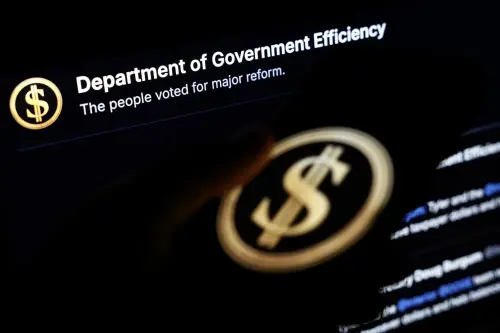The 2016 presidential election will likely feature two tough questions about government reform, writes Paul C. Light. First, should the next president cut federal programs to reduce the power of government, or maintain existing programs to deal with important problems? Second, should the next president winnow the federal agenda to a smaller set of priorities, or accept the current priorities and focus on reducing federal inefficiency?
The answers to these important questions will shape the votes and turnout of four groups of 2016 voters who Light identifies as: (1) the “reinventors” who want to maintain government programs and focus on inefficiency, (2) the “streamliners” who want to cut government programs and also focus on inefficiency, (3) the “priority-setters” who want to maintain government programs but winnow the federal agenda to their liking, and (4) the “dismantlers” who want to cut government programs and also winnow the agenda to their very different liking.
Light concludes that the candidate who becomes the champion of a much more focused, less powerful federal government might just be able to build a winning coalition of dismantlers and streamliners, while the candidate who becomes the voice of a somewhat more focused, but still aggressive federal government might be able to forge an equally formidable coalition of reinventors and priority-setters. If the campaign becomes a contest between these two agendas, the dismantlers will have the edge. As this paper shows, the percentage of Americans who support reinventing has been sliced in half since 2002, while the percentage who align with dismantling has tripled.
Light further explores who has the votes needed for a winning coalition, and his analysis suggests separate targets for each party for the primary and general elections.
- The Republican candidate would do well to court the non-white male Republicans who moved to dismantling between 1997 and 2010 (+15 percent), white male independents (+14 percent), and white female Republicans (+13 percent), and to give up on the non-white male Democrats (‒13 percent) who left.
- The Democratic candidate would do well to celebrate the only group that moved to reinventing between 1997 and 2010, the non-white female independents (+22 percent), and to give up on the white female independents (‒20 percent), non-white male Republicans (‒18 percent), non-white male Democrats (‒15 percent), and white female Republicans (‒11 percent) who left.
- Both candidates would do well to concentrate on the non-white male Democrats who moved to priority setting (+28 percent), non-white female Democrats (+25 percent), white female independents (+15 percent), white female Republicans (+10 percent), and white male Democrats (+9 percent), and to give up on the non-white female Republicans (‒13 percent) who left.
- The Democratic candidate must also remember that reinventing still has many supporters. Although the philosophy lost half of its supporters between its peak in October 2001 and its nadir in 2014, reinventing still draws enough support to matter to elections.
The Brookings Institution is committed to quality, independence, and impact.
We are supported by a diverse array of funders. In line with our values and policies, each Brookings publication represents the sole views of its author(s).










